Against the grain: Inside VidaSpace's 10-year journey shaping the world of timber finishes
Written by
03 June 2025
•
8 min read

From humble beginnings and in a relatively short span of time, VidaSpace has become an industry leader, supplying superior wooden finishes for esteemed projects right throughout New Zealand.
A remarkable success story, we spoke to the founder, Jimmy Simmons, about his 10-year journey, discussing the challenges, his learnings, and what excites him about the future.
A solid foundation and an opportunity seized
While the VidaSpace story officially started in 2015, its roots were established much earlier, stemming from a third-generation family timber business that had been successfully operating in New Zealand for 20 years.
The genesis of VidaSpace, quite simply, began from an identified need for quality wooden finishes befitting ambitious architectural projects in the local design space, as Jimmy explains.
“There were a lot of importers bringing products to market, but there was a very clear lack of differentiation or innovation. We saw an opening for us to move into an architectural product range and brought products to market that hadn't been done here before.”
Jimmy cites one such example that helped contribute to some early success for the company.
“During that period, there was a high demand for recycled wood, but trying to source something from a reliable supply partner was difficult. However, we found a very good product and supplier in North America that had a massive supply chain of timber from old derelict barns that was going to be either burned or put into waste material. Instead, it was upcycled and processed in a way that preserved the original recycled finishes by turning them into planks that were stable and cost-effective. So all of a sudden, that enabled the design community here to specify with much more confidence.”
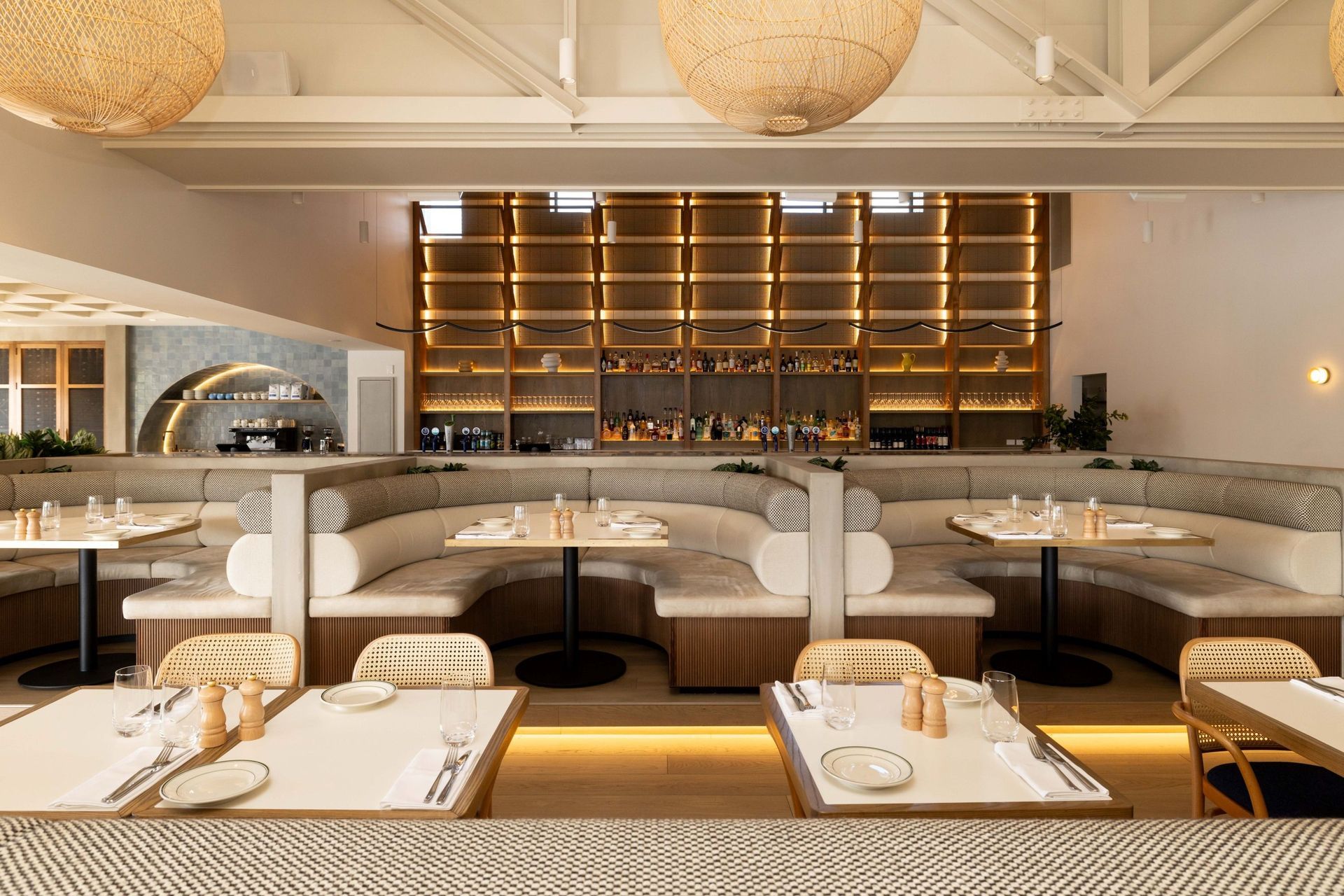
Early hurdles and the impact of COVID
Despite their strong pedigree of knowledge and experience in the timber industry, success was by no means assured. The transition to a design-centric world was almost akin to starting afresh, something Jimmy identifies as one of their greatest challenges.
“Even though we had a 20-year history in the timber industry, that didn't have a direct correlation to this new part of the market, because we didn’t have a direct history with architects. That was by far our biggest challenge of those first few years, because architects prefer to specify from reputable suppliers that they’ve partnered with for a number of years, sometimes even decades.”
It took VidaSpace 3-4 years to earn that trust and reputation in the market, and then, just as momentum was building, the company faced its next and arguably most significant challenge — COVID.
“COVID was a big challenge for everyone in the industry, but we really pulled together and adapted. There are a lot of things we learned, adjustments and improvements we made, that became embedded into our DNA, and the next few years after that, we saw the business flourish in ways we could not have imagined.”

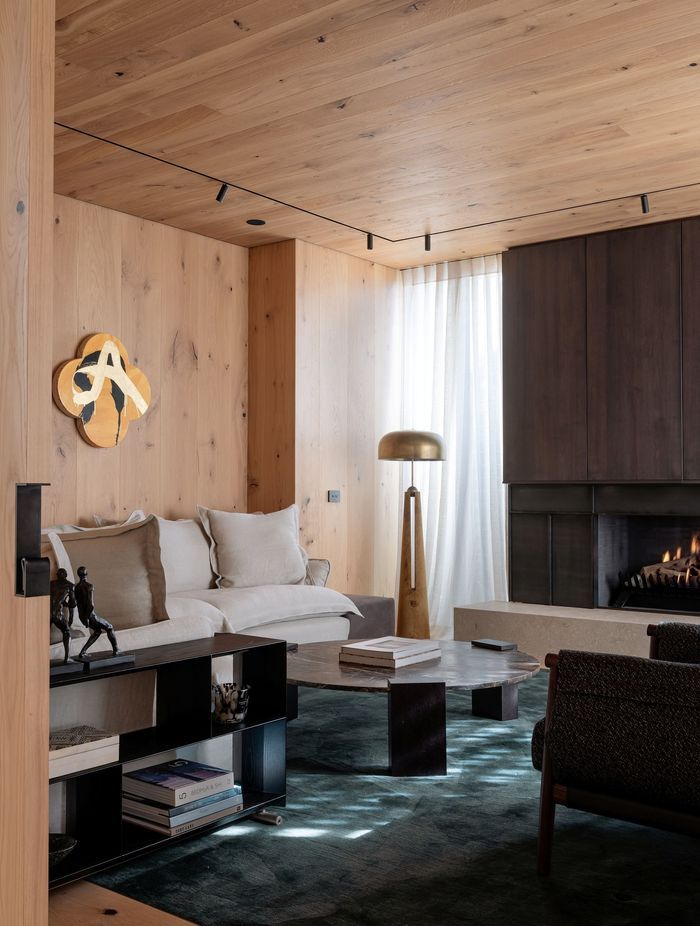
Fostering innovation and the art of listening
When speaking with Jimmy, one quickly understands that a key pillar of their success has been the cultivation of innovation across almost every touchpoint of the business. Whether it's the pursuit of innovative products or taking a new approach to supplier relationships, they see it as an essential ingredient to progress.
“We’re constantly looking globally as to what's happening and have found innovations that have been important to the market. More recently, we’ve had a big focus on working directly with mills and supply partners to develop our own colours, textures, finishes, and product innovations.”
This type of endeavour has led to the development of unique systems that they’ve been able to bring to clients, which have been particularly beneficial for designers.
“One of the big challenges designers have is matching colour to different elements in a design, like kitchen cabinetry, doors, furniture, etc. We developed a colour system that allowed them to pick one of our 10 colours within a palette, which they could apply to one or multiple applications in a cohesive way.”
A rich culture of innovation can only be fostered if those holding reins are open to new ideas and are aware of the needs and pain points of all involved. Jimmy says this mostly comes down to a conscious willingness to listen to those around you.
“What we are constantly striving to be is the company that listens the most to the market. That involves sitting down with clients and understanding what their constraints and challenges are. It also involves listening to the users of the product, the joiners and the contractors, and getting their feedback that we can take back to our product innovation team.”
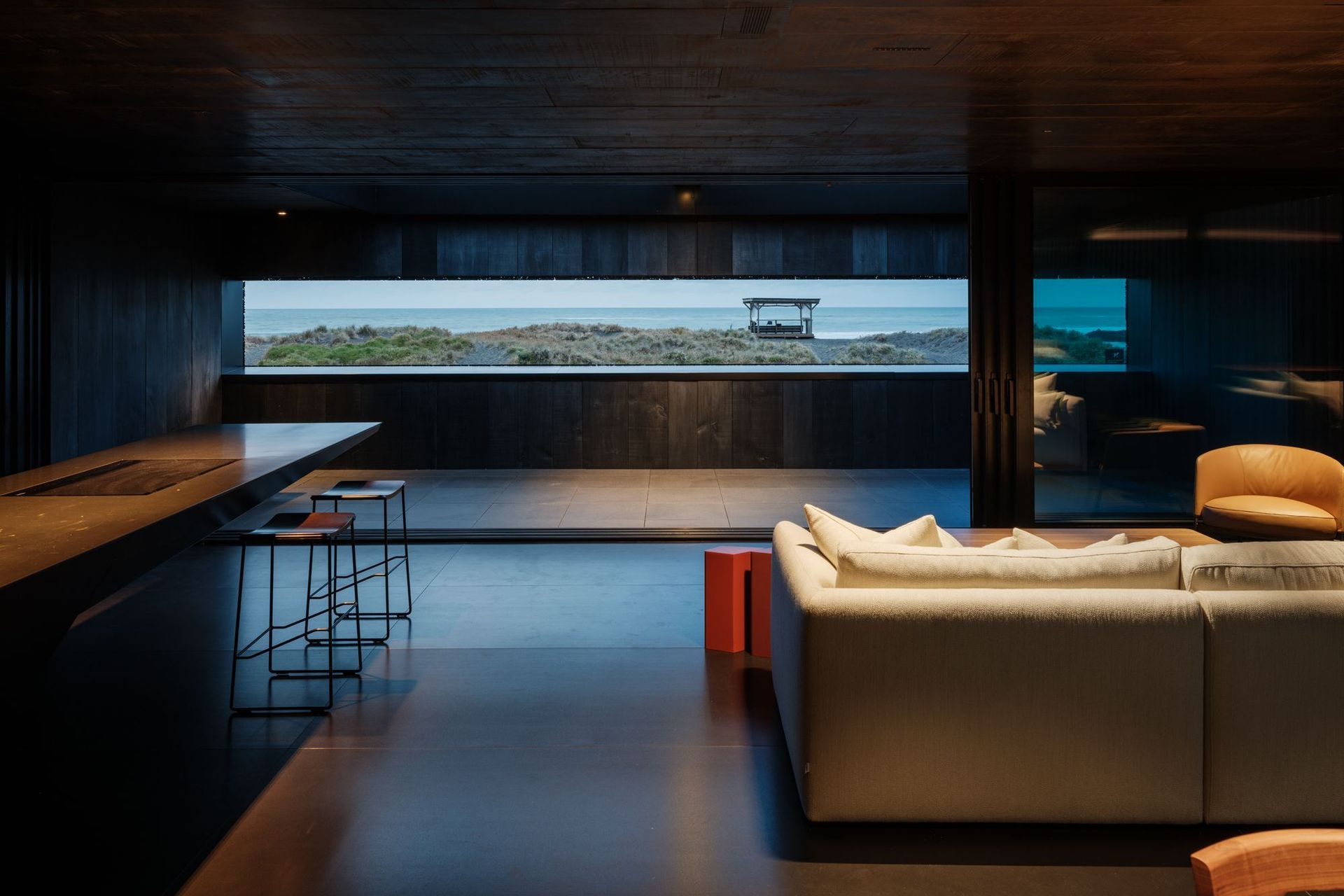
Empowering ambitious design
One of the key factors for success for any business is understanding its role in the market, something that can be strangely difficult for some leaders and companies to articulate. One of the refreshing things about VidaSpace is how comfortable they are knowing the part they have to play in projects and within the industry at large.
As Jimmy explains, it is a core value from which everything pivots.
“The motto for the company is ‘empowering ambitious design’, and it is the simplest way we can encapsulate what VidaSpace is trying to achieve. We're not positioning ourselves as designers in the market. They're our clients, and we're trying to give them the tools, the resources and the products to empower their designs.”
Their relationships with designers are cherished, driven by a desire to support those making an impact in the world of design.
“Our whole approach is working with designers on projects. They are pushing the boundaries, and we're trying to empower them to do that. We're not a mass market importer of commodity products. We focus on the mid-to-high-end specification market, and it's a very challenging market to work in, but very rewarding.”
It's one that also goes beyond the timeframe of any single given project, which, in a sense, is just the beginning of what will be an ongoing and long-term collaboration.
“We're putting a lot more emphasis on the aftercare of our projects, where many are just about getting the sale and moving on to the next customer. We're positioning VidaSpace as a lifetime partner. If there are any challenges, there is direct communication with us to help resolve the issue.”
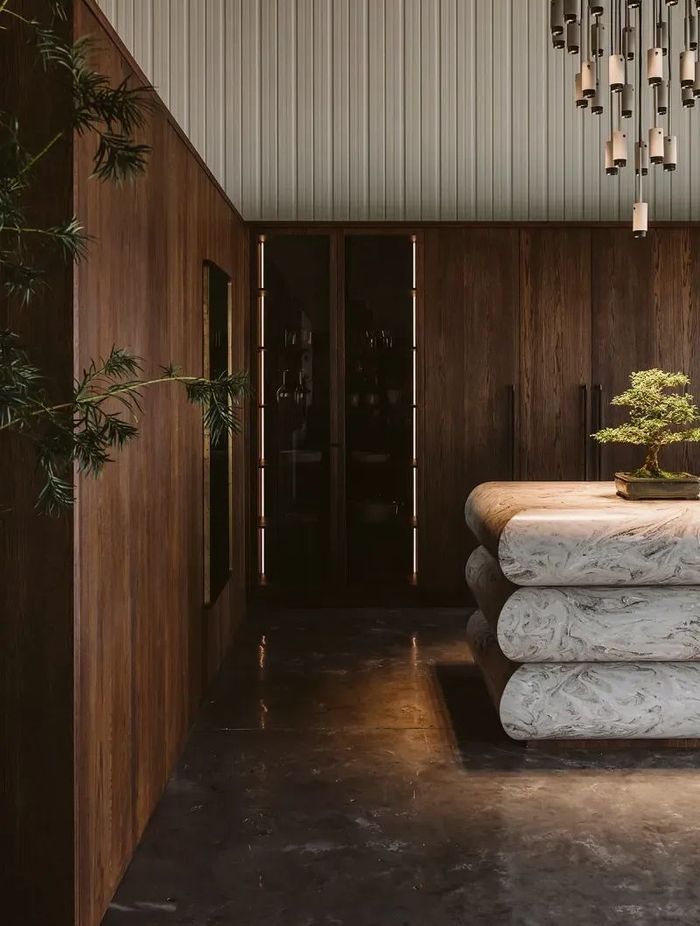
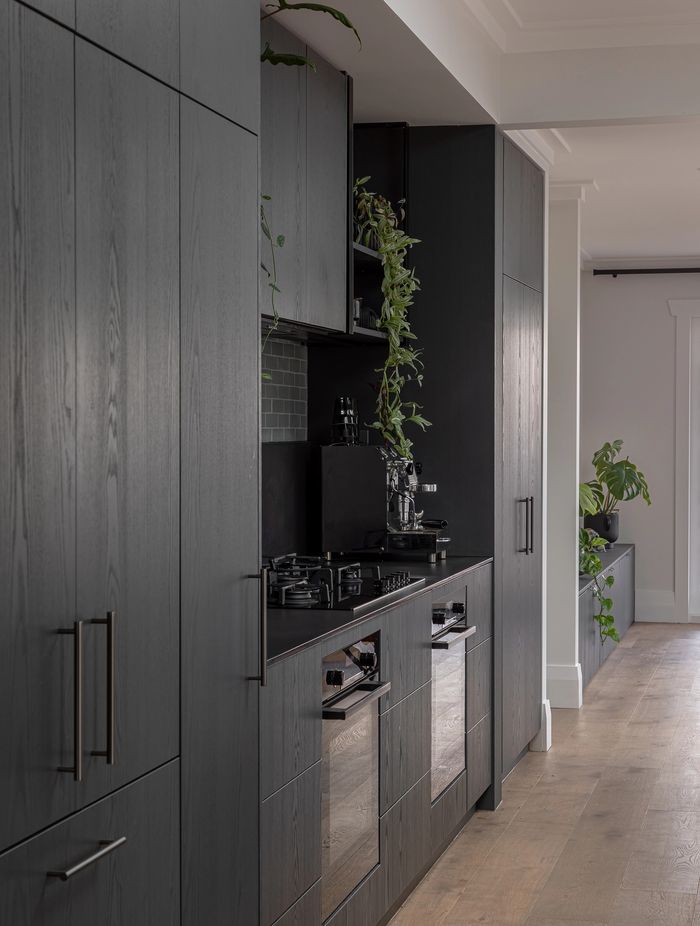
A champion of sustainability for a brighter future
As a company dealing with natural materials, sustainability has always been an important issue that VidaSpace has proactively addressed. As mentioned earlier, one of the company’s first successes was a recycled wood product, and they’ve pursued similar products ever since, something Jimmy speaks to passionately.
“The recycled product was a good example of how materials that were going to be waste were repurposed and given another life. Since then, there’s been product innovation resulting in a lot less raw material being used to achieve the same or better outcome for premium finishes.”
Jimmy also stresses the importance of partnering with mills that hold sustainability in as high regard as they do.
“We’ve always had a pretty big emphasis on a close relationship with our manufacturers, and understanding what their sustainability story is. A lot of them have various sustainable practices around repurposing waste material, and have very strong third-party certifications. We have also held FSC certification from the start of the business.”
VidaSpace has even denied themselves potentially lucrative revenue streams to stay true to their principles.
“About six years ago, we stopped doing solid wood products, which there is a big demand for in New Zealand, in favour of alternatives that maximise the use of natural products, like engineered planks and veneer panels that can produce over 30 times more coverage than solid alternatives.”
In our final question, we asked Jimmy what he was most excited about for the future in this space.
“Seeing the passion from our team and what they’re doing in conjunction with the designers. Seeing those interactions at events or when we release new products. Seeing that chemistry is the best thing to look back on, and the adoption from the design community of our brand, our products, and our people, in a period that’s actually quite a short lifespan in the architectural space. Many companies have been around for 30, 40, 50 years, and to see what we’ve achieved in 10 years, the platform we’ve built, and with the team and experience we have, the showrooms, and supply partners — the thought of what we could do in the next 10 years is really exciting.”
Learn more about VidaSpace and their range of superior timber finishes